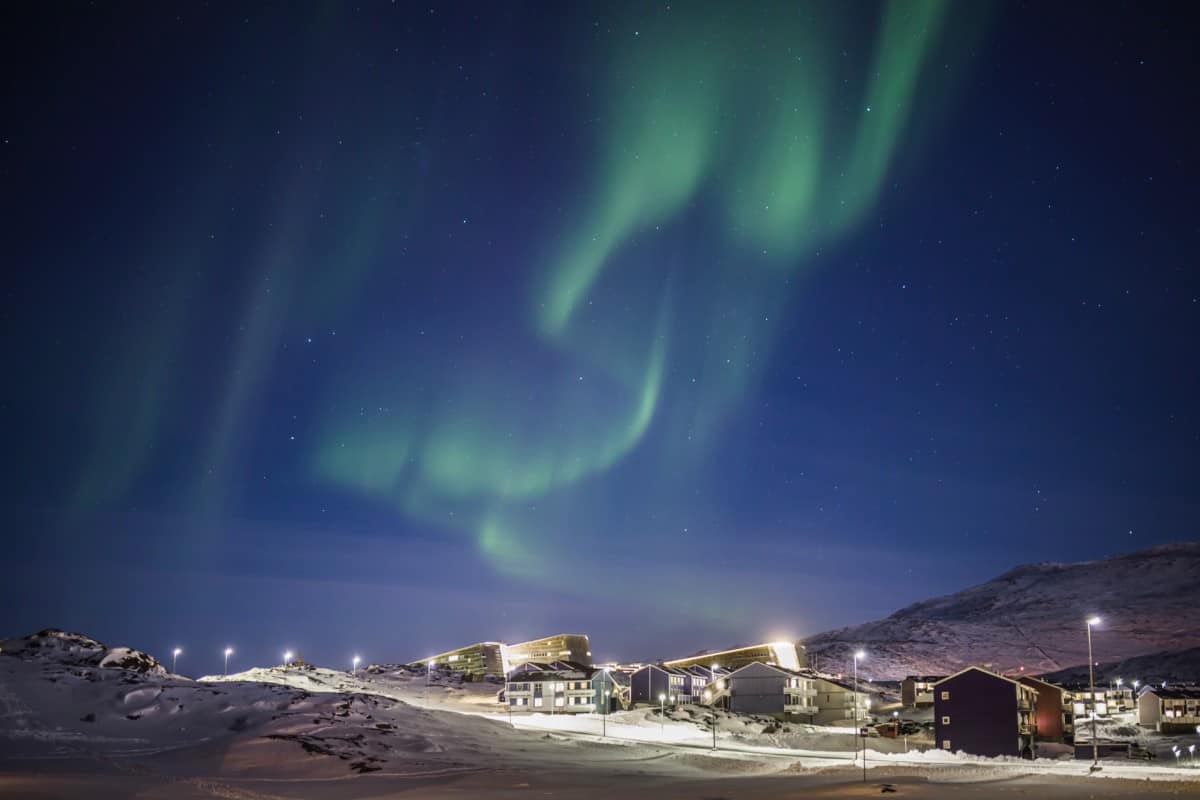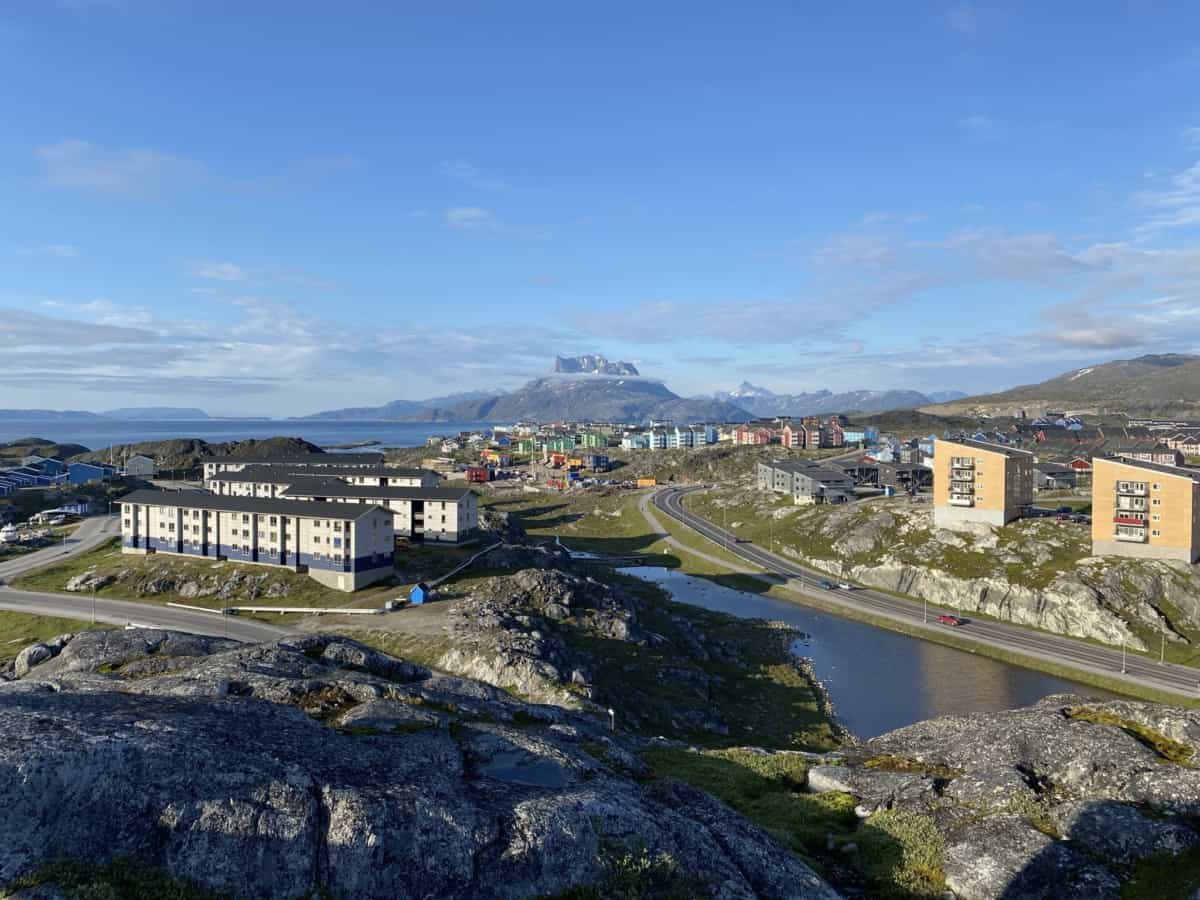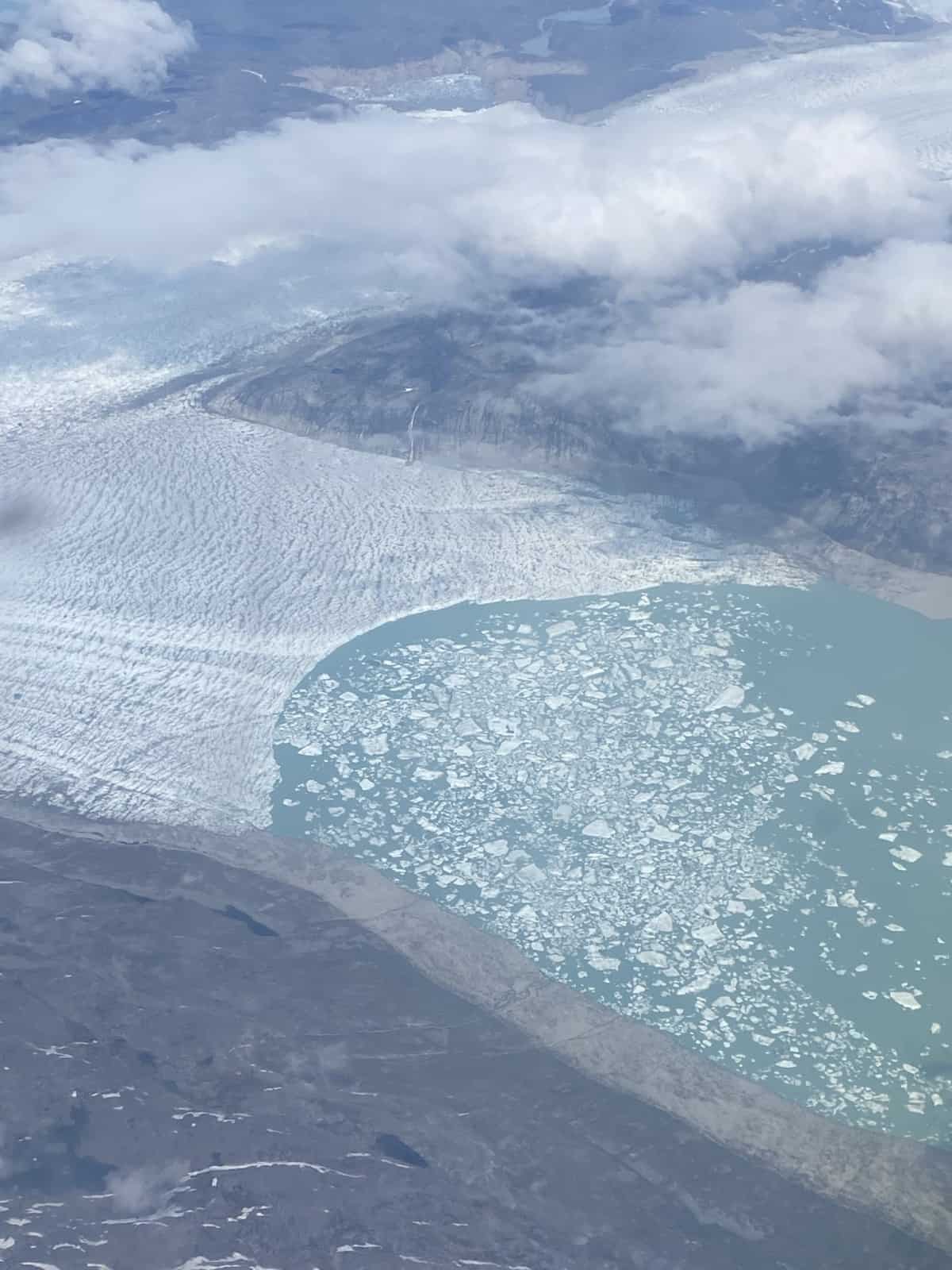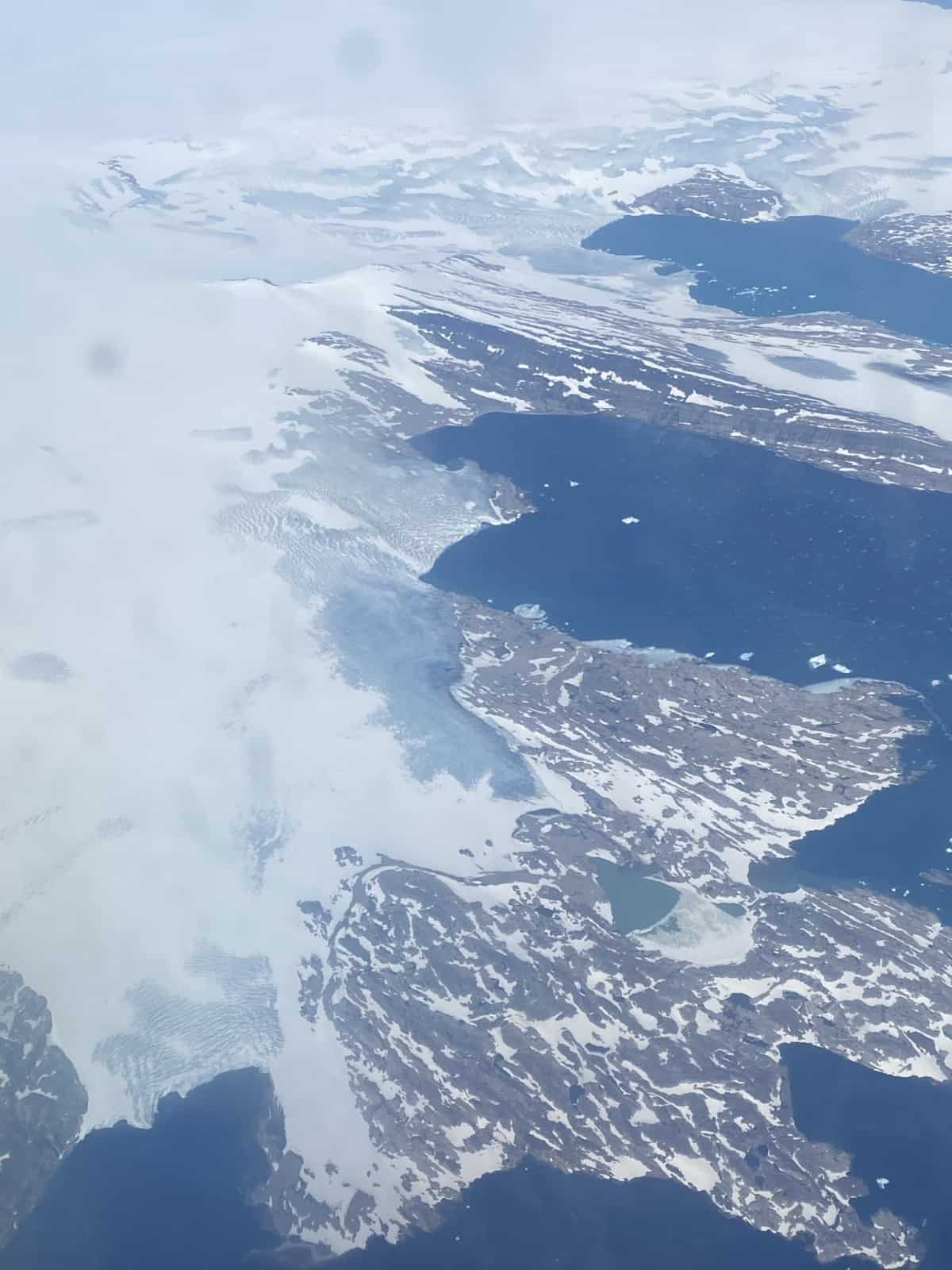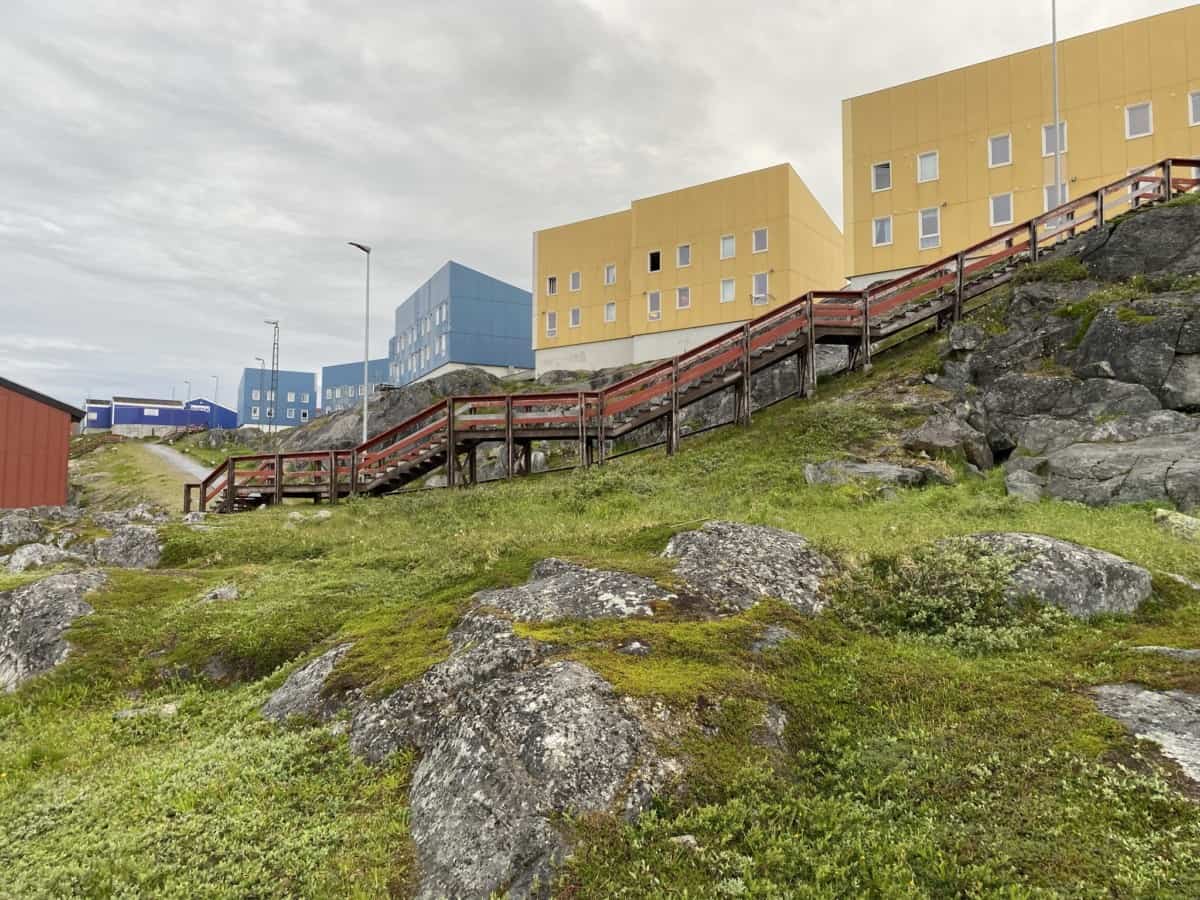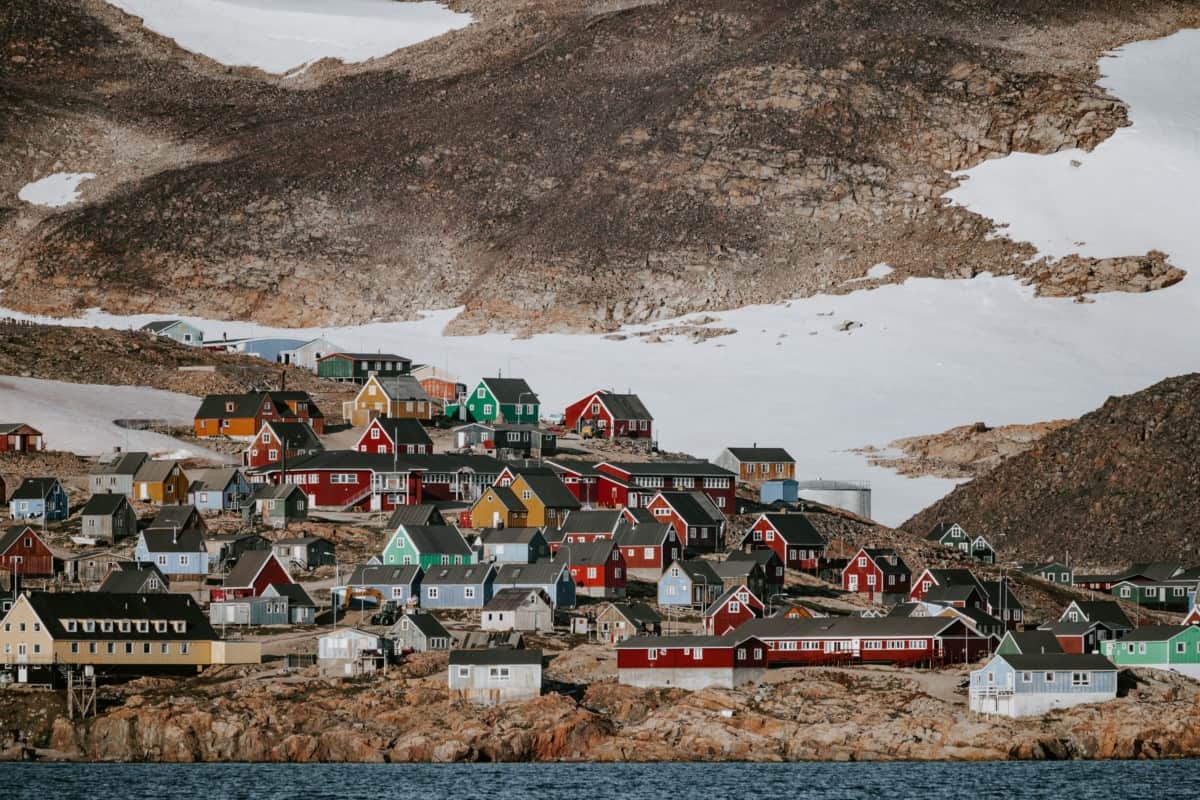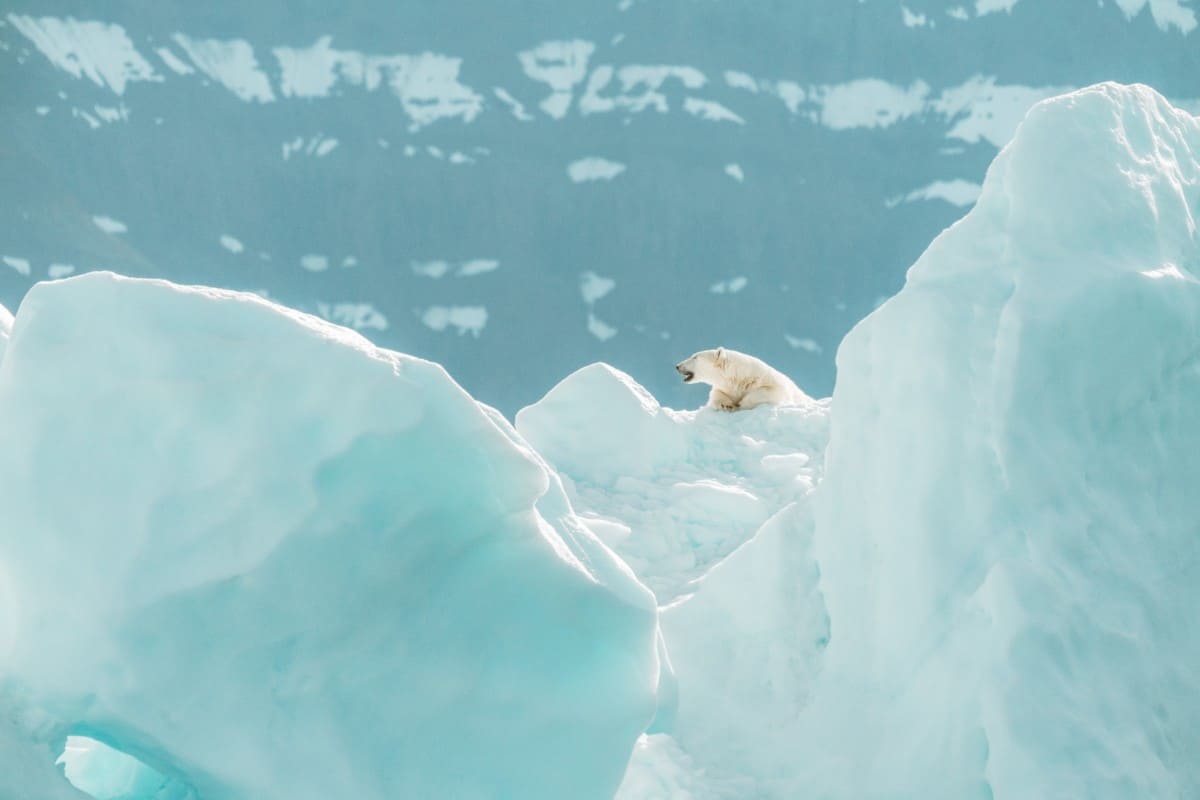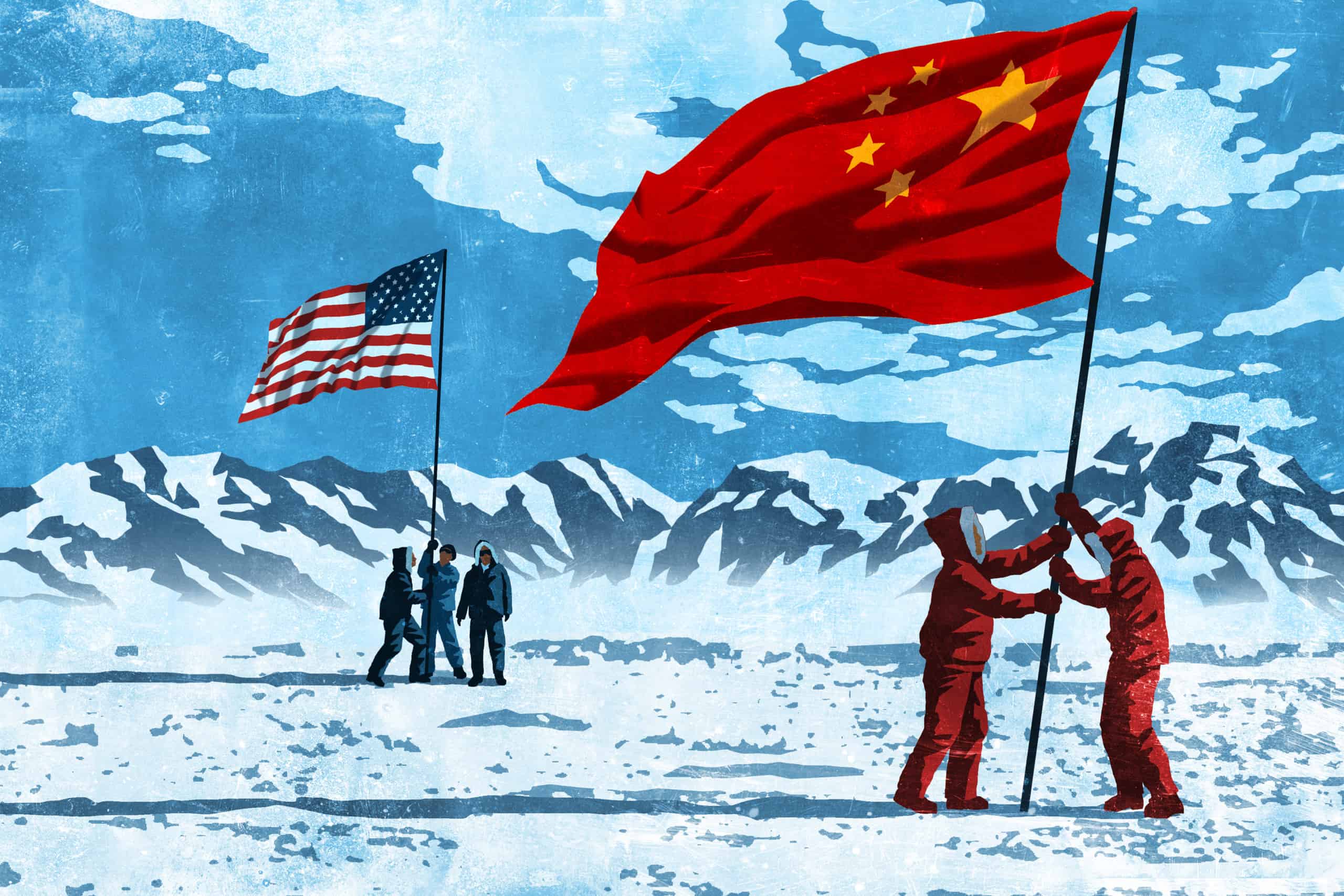
 |
|
| More in this series: | |
| The Diplomatic Deadlock | 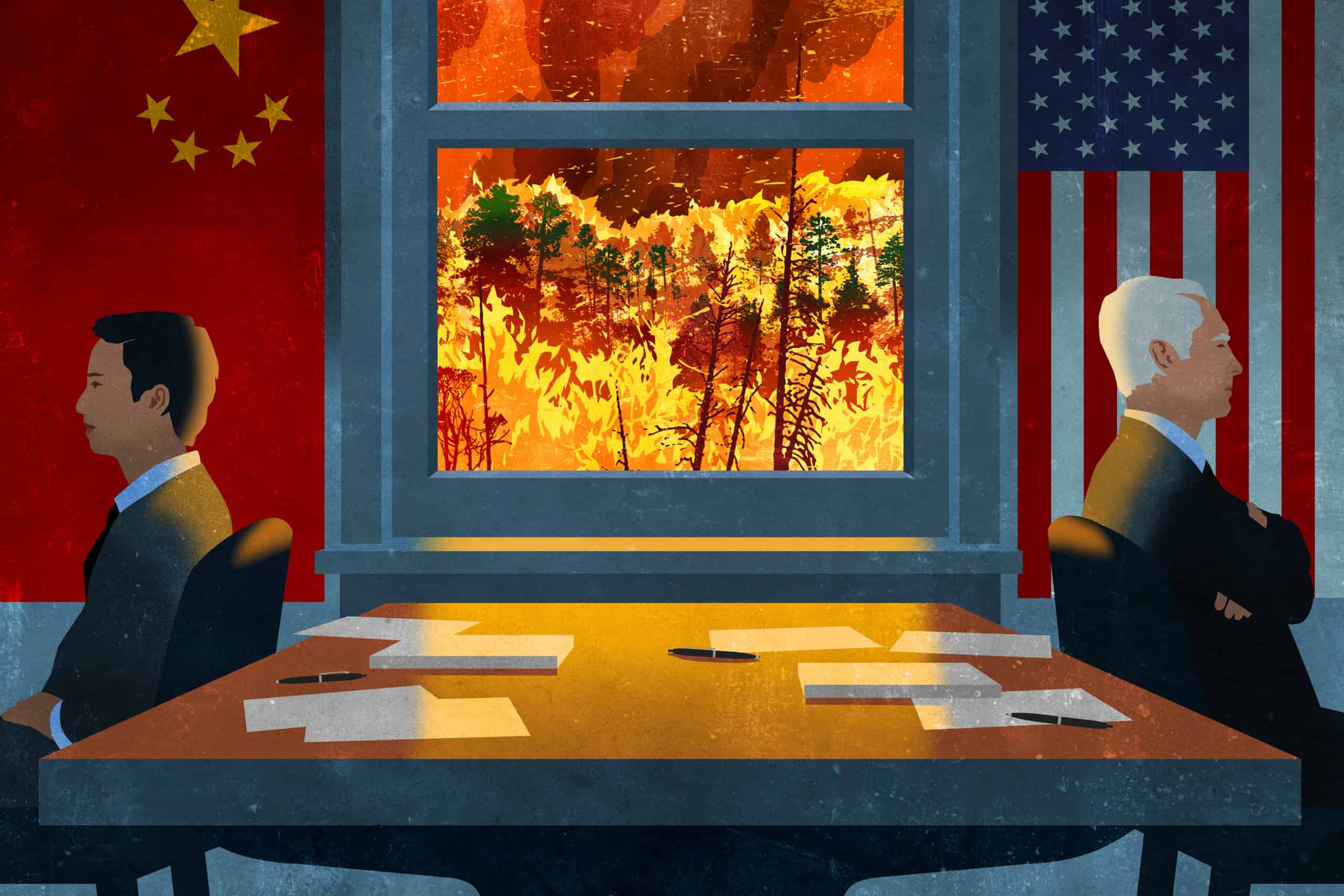 |
| The Adaptation Advantage |  |
| The Ocean Edge |  |
| Climate Consensus |  |
| Climate Changers |  |
At a conference in Reykjavik in October 2017, Yu Yong, deputy director of the state-controlled Polar Research Institute of China, approached the Greenlandic delegation with a surprising question: Would they be willing to let China establish a scientific research station in Greenland, and man it year-round with a crew of 15 to 20 Chinese researchers?
The Chinese government, Yu explained, had taken a great interest in Arctic climate change.
Models suggested that atmospheric changes in the Arctic were distorting rainfall patterns in China, disrupting agricultural production and flooding major cities. Chinese scientists had a purely scholarly interest in researching Arctic climate change, Yu said, including its effects on “animals and plants.”
If Greenland was willing, Yu said, construction on the new 20,000 square foot facility could start “as soon as possible.”
Without the Greenlandic government’s knowledge, China had already begun preparations. Five months earlier, more than a hundred Chinese scientists and businessmen had flown to Greenland for an initiation ceremony. Chen Yan, a rear admiral in the PLA Navy, was also in attendance. Traveling on tourist visas, ostensibly for a luxury cruise, they convened at midday at a restaurant in the southern settlement of Kangerlussuaq. Programs distributed at the event celebrated the “official launch” of a project to establish a satellite ground station in Greenland.
While the event was immediately reported in Chinese media, the Greenlandic government claimed it was not informed until Miguel Martin, an independent researcher and blogger, broke the story almost a year later. The facility was never built, but the gathering was revealing of China’s plans for the Arctic.1Miguel blogs under the Chinese name Jichang Lulu.
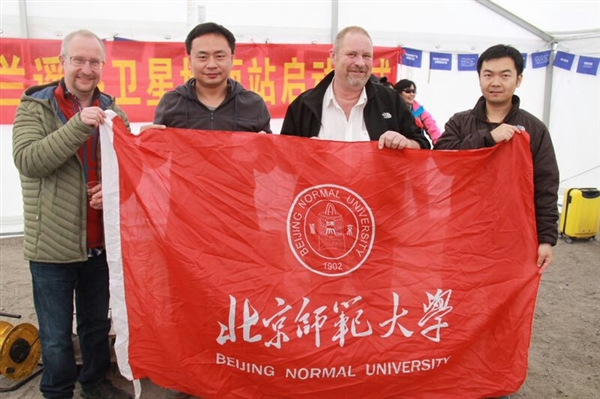
Cheng Xiao, director of the prestigious Global Change and Earth System Science Research Institute at Beijing Normal University, delivered a keynote address at the Kangerlussuaq ceremony. A geographer by training, Cheng had been a prominent figure in Chinese polar circles for decades.
Climate change presented both “future development opportunities” and potential “major military threats” to China, Cheng later explained to the nationalist tabloid Global Times. As the Arctic’s sea ice melted, new shipping routes were opening up, alongside vast resources of oil, gas, minerals, and fisheries, which presented potential opportunities for Chinese companies. Climate change and “geopolitics” (diyuanzhengzhi) had therefore become inextricably connected, in ways that touch on Chinese interests.
China faces a “complex geopolitical situation” in the Arctic, Cheng believes, because the United States, Russia, and other regional powers want to control its ability to access resources. In this context, the best strategy for China is to find backdoor ways to get access to the region by “using its aerospace, high-speed rail, and other advanced technologies for the well-being of local indigenous people.”
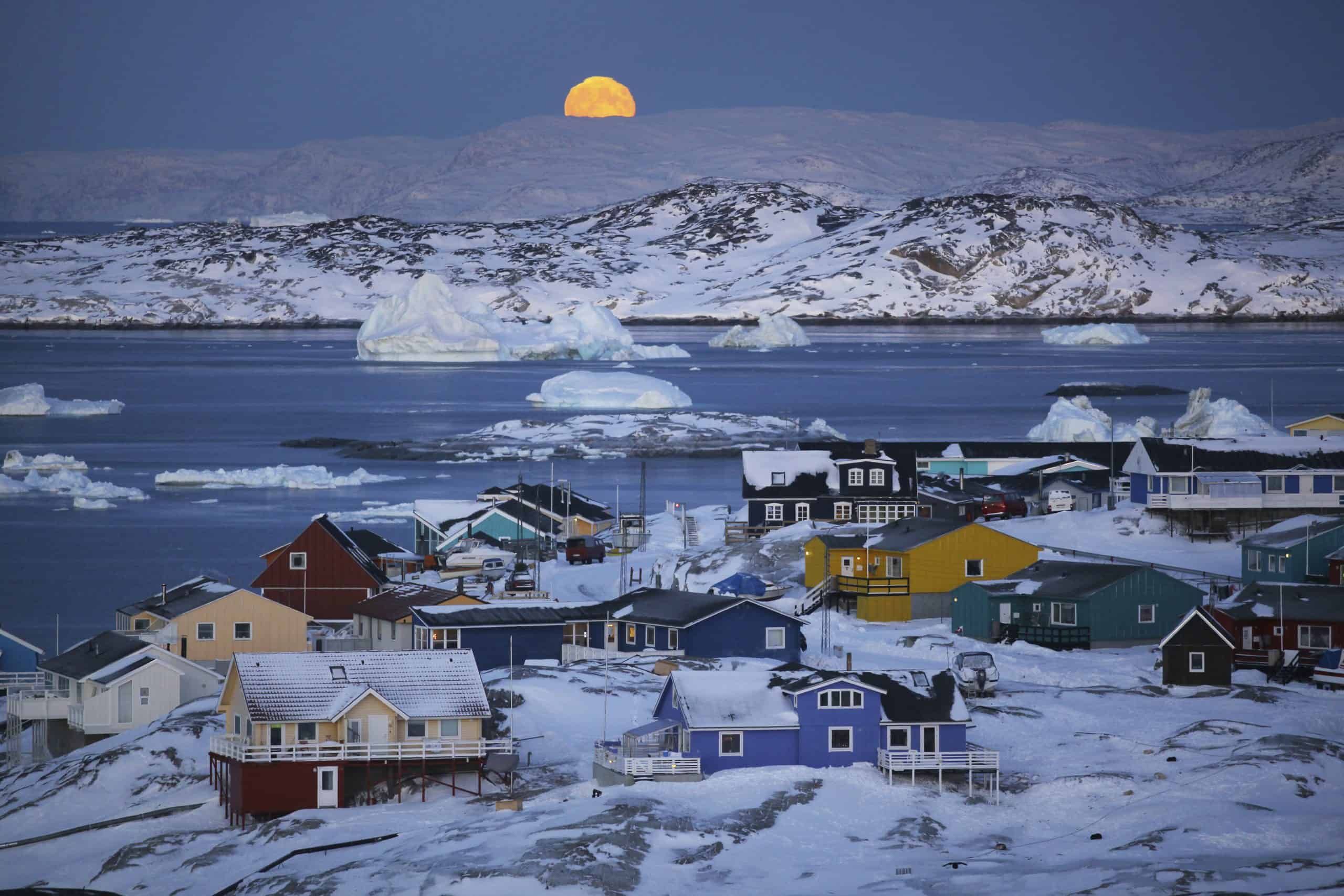
In other words, to get a foothold in the Arctic, China should pursue seemingly innocuous civilian projects like scientific research stations in out-of-the-way locations. Greenland, where 88 percent of the population identifies as Kalaallit Inuit, neatly fit the bill.
Since the early 2010s, China has worked assiduously to expand its presence in the polar regions. Scholars and policy analysts at some of China’s top universities and think tanks have written about the strategy. Meanwhile, Chinese universities, state-owned enterprises, nominally private firms, and individual investors have started to implement it, hoping to help their country gain a foothold in the sparsely populated and resource-rich Arctic before it is completely transformed by climate change.
To unpack China’s methods and goals, The Wire analyzed every open-source document on Chinese Arctic policy published during the past decade and available on Chinese search engines, government websites, and the academic database CNKI. Then we visited Nuuk and Copenhagen and interviewed key politicians who had interacted directly with Chinese representatives.
In public, Chinese diplomats and climate negotiators stridently deny that they see any link between climate change and geopolitics. But within China’s academic and policy communities, we found a deeply cynical consensus that climate change creates geopolitical opportunities that China can exploit — and must exploit before its rivals do. Greenland, it seems, was the proof of concept for this strategy.
Across party lines, analysts in the U.S. military, State Department, and intelligence community recognize China’s plan and are determined not to let Beijing succeed.
We can get so much more out of the United States and China — if we can just find a way to make the superpower countries play against each other.
former premier of Greenland, Aleqa Hammond
But as the case of Greenland shows, both superpowers have to contend with third parties who understand the “Warming War” dynamic and hope to leverage it for their own advantage.
The geopolitics of climate change are “not just about the U.S. and China,” says Erin Sikorsky, a former U.S. government intelligence analyst who now directs the Center for Climate and Security in Washington. “It’s about other countries and the impact climate change has on them, how the U.S. and China seek to take advantage of that, and how those countries seek to take advantage of the U.S. and China’s interest in competing.”

“We can get so much more out of the United States and China” as the Arctic warms, former Greenlandic Premier Aleqa Hammond told The Wire, her voice swelling with emotion. “We could build a greater university, we could build new hospitals — if we can just find a way to make the superpower countries play against each other.”
A “STRATEGIC NEW DOMAIN”
No region of the world faces more dramatic climate impacts than the Arctic. Temperatures across the region are increasing more than four times as fast as the global average, according to a study released last week. Millions of square miles of permafrost are melting. Sea ice and glaciers are in rapid retreat.
“Year by year, decade to decade, there will be less and less summer ice. That’s a given,” says Mark Serreze, distinguished professor of geography at the University of Colorado, Boulder, and director of the National Snow and Ice Data Center. “A lot of future warming is already baked in. Even if greenhouse gas emissions were to flatline right now, the warming has not caught up with past emissions. And of course, emissions are not going to flatline.”
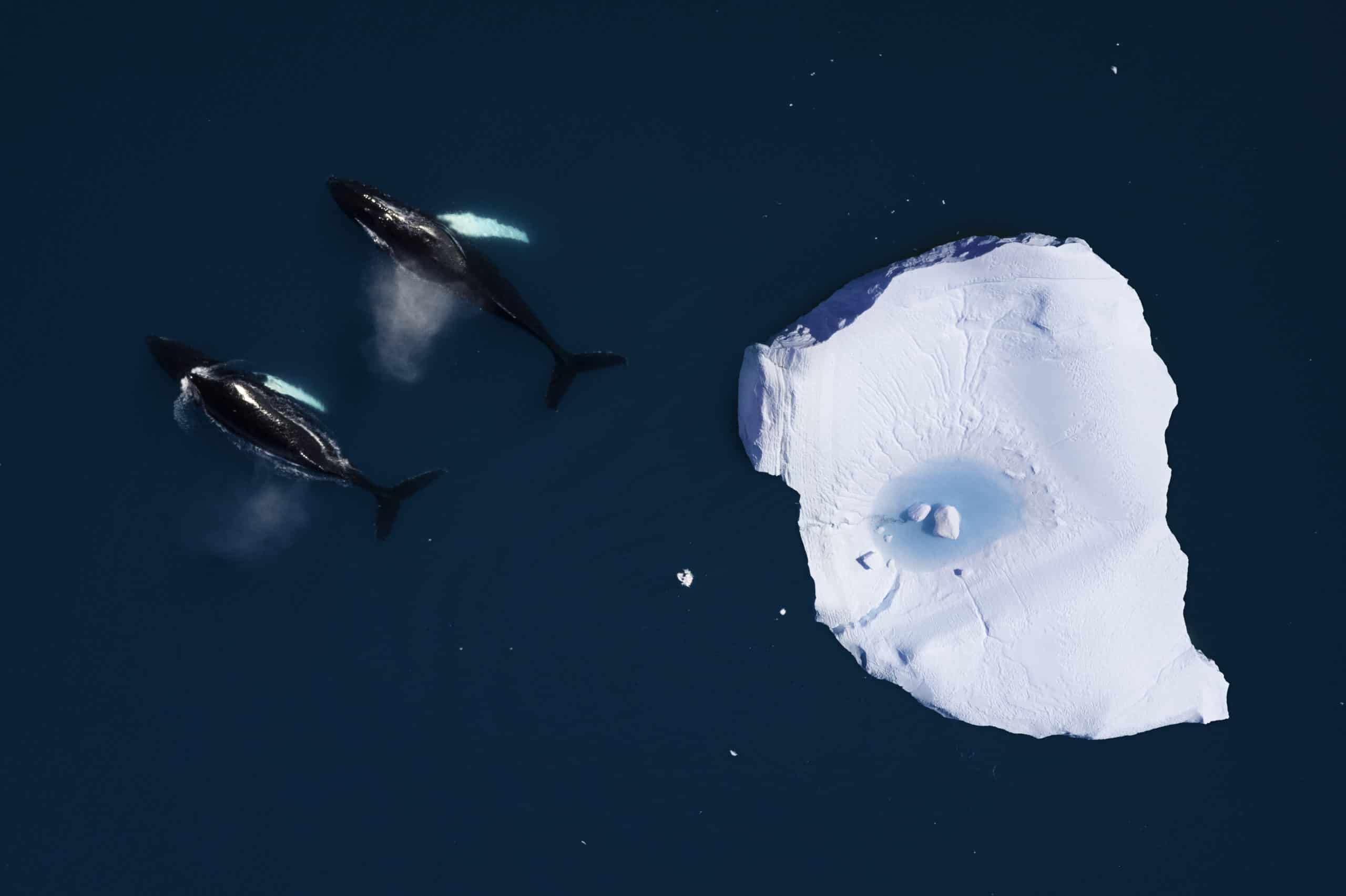
These changes will profoundly affect the geographic character of the region and the ways human beings relate to it. Permafrost melt puts land-based infrastructure at risk, but receding ice makes maritime navigation easier. Not since the end of the last Ice Age has the topography of a major part of the world been so transformed.
“Geopolitics and climate change are becoming intertwined in the Arctic,” says Serreze. “The Arctic’s physical geography is changing. We can’t think of geography as something that’s fixed anymore.”
In the summer months, when the sea ice thins, cargo ships can already pass along the Northern Sea Route (NSR), which hugs Russia’s rocky Arctic coast from the Norwegian border to the Bering Strait. The seas are choppy and frozen for much of the year. But every decade, on average, the ice is thinner and pulls further back from the coastline, making it easier and safer for ships to transit.

China knows this. Escorted by Russian icebreakers, Chinese container ships and LNG tankers now transit the NSR every summer.
China also anticipates that as the ice retreats further, it will want a cut of the resources that open up in the Arctic’s international waters.
Beijing has long been aware that the polar regions contain vast untapped reserves of natural resources, which could potentially be useful for China’s development. One Chinese high school geography text asks students: “Which mineral does the Antarctic have in greatest quantities: a. coal, b. natural gas, c. oil, d. gold?” (The answer is gold.)
In 2014, the Chinese government classified the polar regions as a “strategic new domain” [zhanlüe xin lingyu]. The term describes a zone where international norms and governance structures are flexible enough to accommodate a larger role for China. Other strategic new domains include the deep sea, outer space and cyberspace — all places where China thinks it has a narrow window to gain a first-mover advantage and play some role in writing the rules.
In 2018, the State Council released a document known as the Arctic White Paper that formalized these claims. To justify its newfound “rights and interests” in the region, the document pointed to climate change. Because “global warming in recent years has accelerated the melting of ice and snow in the Arctic region,” the preface began, “the Arctic situation now goes beyond its original inter-Arctic States or regional nature, having a vital bearing on the interests of States outside the region.”

The Chinese government seems to expect that global warming will exceed 2 degrees celsius in this century, and climate models suggest that under this warming scenario, nearly all of the central Arctic will become navigable in the summer months during the next few decades.
China is not the only country to have reached this conclusion. The geophysical changes underway in the Arctic are so dramatic that even climate change deniers have to acknowledge them.
When the Trump administration took power in 2017, it instructed U.S. government agencies to remove explicit references to the term “climate change” from official documents, even ordering federal reports on climate change from previous administrations to be removed from the internet. It then released a National Security Strategy that mentioned China 33 times and climate change not even once.

Yet, during the Trump administration, the military was especially focused on the Arctic melting trend and its connection to great power competition. The Navy started to develop next-generation global weather, ocean and sea ice prediction models, known as the National Earth System Prediction Capability, precisely because it had to integrate sea ice data from allied countries and coordinate its projections with the intelligence community. And in 2019, the Department of Defense noted in a public report to Congress that “if the warming trends continue at the current rate, Arctic-wide sea ice loss may result in nearly ice-free late summers by the 2040s.”
“The United States and China are looking at the same climate data,” says Li Shuo, senior campaigner at Greenpeace China. “It’s not surprising that they should draw similar conclusions.”
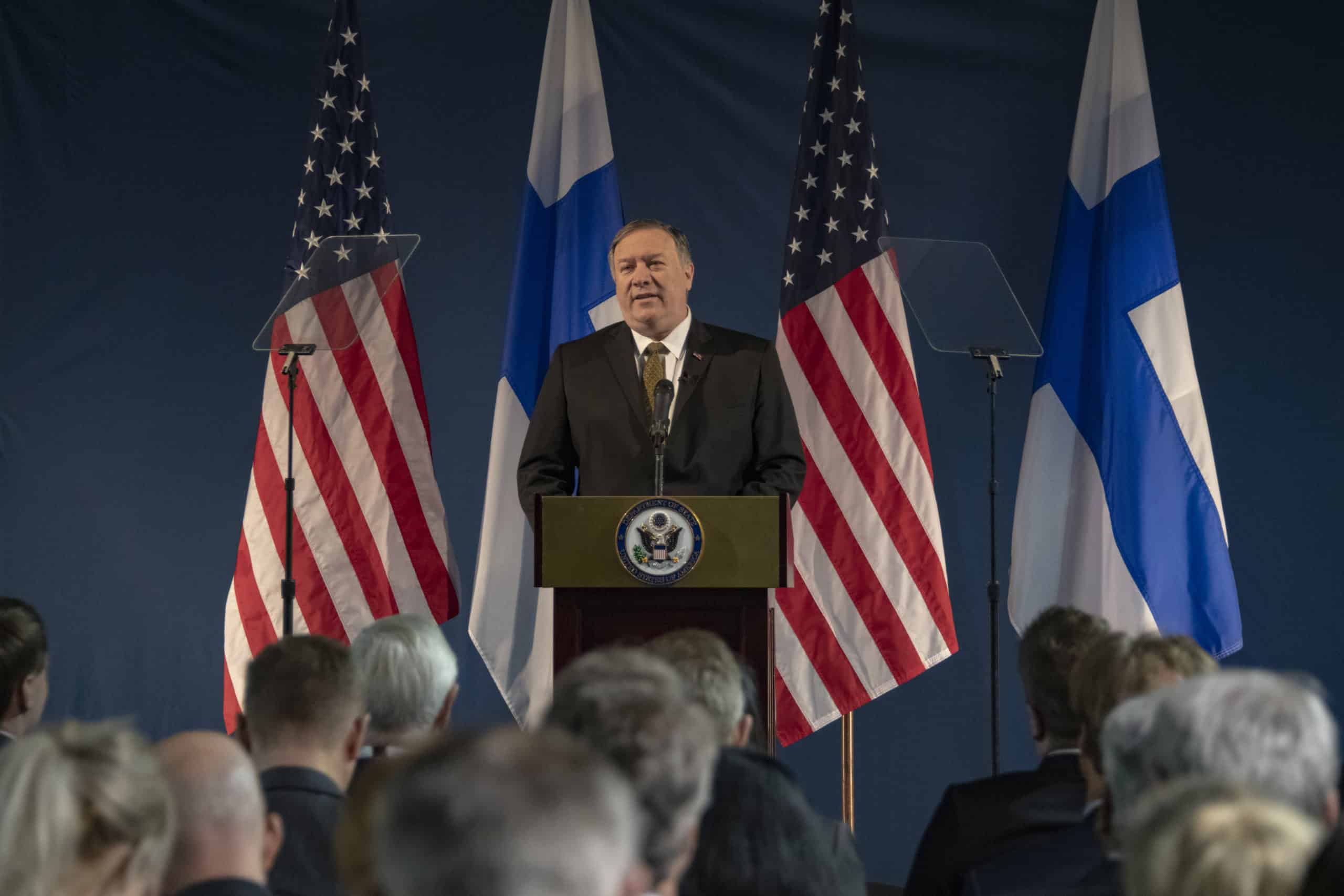
Trump’s administration also highlighted the commercial opportunities of the melting trend. The Arctic is no longer the “barren backcountry,” that it was when the United States bought Alaska in the 19th century, Secretary of State Mike Pompeo noted in a provocative speech at the Arctic Council Ministerial Summit in 2019. “Steady reductions in sea ice are opening new passageways and new opportunities for trade.”
When these finally open, Pompeo predicted, the Northern Sea Route will become the “21st century Suez and Panama Canals.” He also boasted that the region now stands “at the forefront of opportunity and abundance,” particularly for oil and gas development.
But these transformative climate impacts are still a few decades away, and in the meantime their geopolitical implications are topics of speculation and debate.
It’s almost impossible to predict directly, with precise scenarios, what will happen in any individual country under climate change, what China will do to take advantage of it, and how the United States will respond.
Dennis Blair, the former United States Director of National Intelligence
Last year, President Joe Biden commissioned the intelligence community to produce a National Intelligence Estimate (NIE) on the security implications of climate change. The document assessed that great power competition in the Arctic “almost certainly will increase” as the region “becomes more accessible because of warming temperatures and reduced ice.” In the medium term, competition is likely to be mostly economic in nature, largely because “massive investment in infrastructure” — particularly ports and mining — will be necessary before large-scale resource extraction can begin.
Yet the NIE also noted that economic competition to adapt in the Arctic would be intrinsically strategic. Most of the basic infrastructure that needs to be built in the Arctic, from ports to satellite ground stations, can have “dual-use” functions for civilian and military purposes.
In other words, even seemingly innocuous projects — such as, say, a scientific research station in Greenland — can “offer foreign powers an opportunity to gain a foothold.”

Credit: Yu Qiongyuan/Xinhua via Alamy
The NIE notes that once all this new infrastructure becomes operational, “Arctic and non-Arctic states” — presumably referring to China — would “seek to protect their investments, exploit new maritime routes, and gain strategic advantages over rivals.” If China were to “begin regular, large-scale military operations in the area to protect an economic foothold in the region,” it notes, the Arctic would face growing risk of an arms race or even outright war.
Of course, all of these assessments are informed speculation, shrouded in uncertainty about the future trajectory of emissions and warming, as well as the actions of other states. But because of that uncertainty, governments have to plan for the worst.
“It’s almost impossible to predict directly, with precise scenarios, what will happen in any individual country under climate change, what China will do to take advantage of it, and how the United States will respond,” says Dennis Blair, the former United States DNI. “All we know is that it will be an ugly world with a lot of ways for things to go very wrong — in terms of both the climate itself and the U.S.-China geopolitical competition.”
“THE FIRST SOVEREIGN STATE CREATED BY CLIMATE CHANGE”
I met former Greenlandic Premier Aleqa Hammond at the University of Greenland, a stylish glass and steel building on a hill overlooking the Nuuk fjord. We sat in the cafeteria overlooking a small cemetery, with neat rows of white painted crosses. Across the water, the snow-cragged Sermitsiaq mountain towered up into the blue.
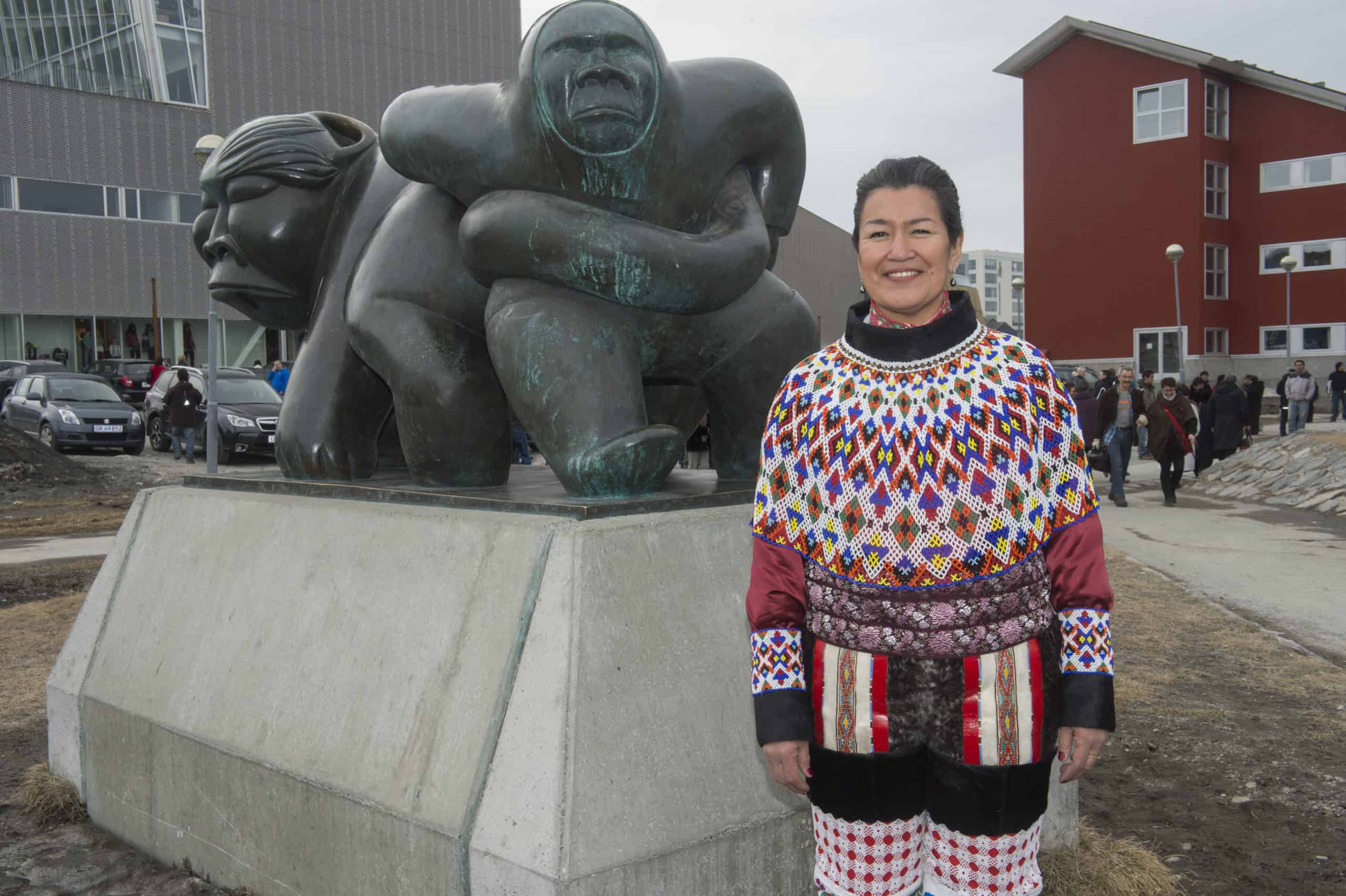
Hammond held power between 2013 and 2014, a time when Greenlandic independence from the Kingdom of Denmark seemed to be right around the corner. She envisions a future Greenland that is not only legally sovereign, but also proudly indigenous: a place where Inuit heritage is celebrated and affairs of state are conducted in the Greenlandic language.
Yet independence has proven to be a complex challenge. Greenlandic voters in 2008 overwhelmingly approved a referendum to move towards independence. Memories of victimization during the colonial period are still fresh, and race relations are a complex subject. But with only 57,000 people and an undiversified economy heavily dependent on fisheries, the Greenlandic government relies on Danish subsidies to deliver essential services.
“In every respect that matters, we’re still a colony,” says Svend Hardenberg, who served as permanent secretary in the Greenlandic government under Hammond. “Almost everyone in senior management positions in major companies here is Danish, not Greenlandic. There is a glass ceiling on how far you can go as a Greenlander, even if you’re well educated.”
Denmark’s official position is that Greenland should be free to declare independence whenever it likes. Many Greenlanders say that the reality is more complicated.
“The political mandate for independence is there,” Hammond told me. “The challenge is that Danish and American interests in the Arctic do not necessarily coincide with ours.”

“Denmark alone is a small state. But with Greenland, we’re not a small state. We are a very important state,” says Michael Aastrup Jensen, a member of the Danish parliament from the center-right Venstre party.
Putting these pieces together, Chinese analysts saw a potential partnership.
Kang Wenzhong, a young scholar at the Central Party School, argued in a 2012 essay that what China needed was a “strategic strong point” [zhanlüe zhidian] in the Arctic — not a military base, per se, but friendly port of call that could serve as a hub for Chinese activity in the region.
Yet Chinese experts feared that the Arctic states would band together to shut it out of the most lucrative opportunities. None of the major Arctic powers — including China’s “all-weather friend” Russia — believed it was in their interests for China to acquire an Arctic strategic strong point.
Kang’s solution was that China should “consider using the contradictions between Arctic countries or using bilateral and multilateral cooperation with Arctic countries to pursue China’s geostrategic interests.”

In particular, he suggested “intervening in Arctic affairs through enterprises, civil society, and scientific research institutions” rather than direct overtures from the Chinese government. The idea was to “downplay politics,” in order to “reduce resistance to the implementation of China’s Arctic strategy.”
Closely in line with these instructions, Chinese enterprises made a huge range of outreach efforts to remote communities across the region, including Iceland and the Faroe Islands. Yet Greenland stood out. Nowhere was climate change more impactful, or the “contradiction” in interests with Denmark and the United States more glaring.
Greenland stands on the “front line of global warming,” Song Guoming of the Chinese Ministry of Land and Resources wrote in a 2012 report. As the global climate warms, Song predicted, conditions for mining there will “become better by the day.”

Of particular interest was the Kvanefjeld deposit in South Greenland, the world’s second-largest resource of rare earth oxides. These are essential resource inputs for electric vehicle batteries, wind turbine magnets, consumer electronics, and a range of essential military hardware. A Chinese state-owned company invested in the project via an Australian intermediary.
In follow-up reports, Song’s colleagues at the Ministry of Land and Resources noted that mining cooperation could potentially be a springboard for a broader political partnership. If Greenland was truly committed to independence, then climate geopolitics was the key to getting there. It would be like a tectonic force pulling Greenland toward inevitable partnership with China.
“Mining is Greenland’s most straightforward pathway to economic independence,” says Marc Lanteigne, associate professor of political science at the Arctic University of Norway. “And any possibility of getting a serious mining industry up and running in Greenland likely has to go through China, because only China has the capital, the personnel, the expertise, and the patience to wait 20 years or more before turning a profit.”
Climate change is the underlying reason why the Arctic is becoming more geopolitically important.
Claus Hjørt Frederiksen, former Danish Minister for Defence
As Xiao Yang, director of the Arctic Research Center at Beijing International Studies University, put it, Greenland could become “the first sovereign state created by climate change.” But it needed China’s help.
The idea must have seemed compelling, because the Chinese state was already thinking about it at the highest levels.
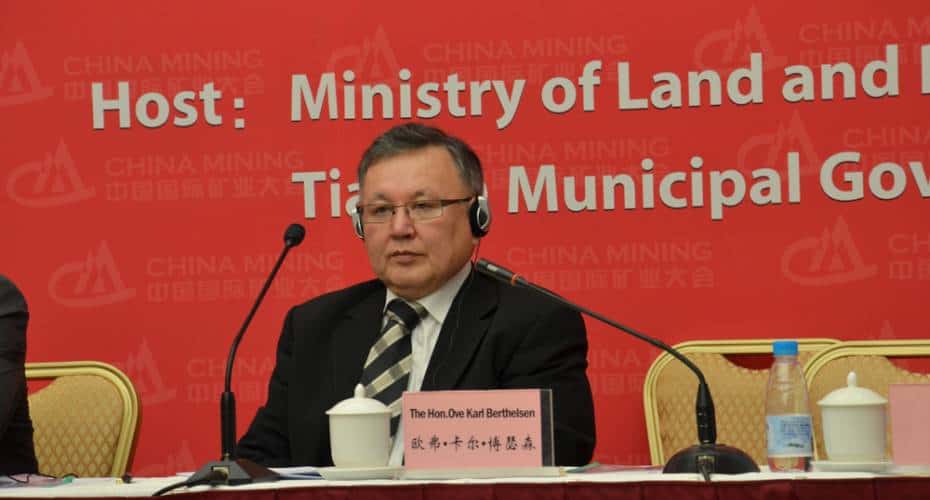
In November 2011, Greenland’s Minister for Industry and Natural Resources, Ove Karl Berthelsen, visited Beijing. In a shocking deviation from diplomatic protocol he was received by none other than Chinese vice-premier Li Keqiang (who is now premier). Soon after, the Chinese Minister for Land and Resources reciprocated by bringing his own delegation to Greenland.
To grease the wheels of this budding partnership, China turned to a tried-and-true playbook of investments and loans.
In a 2016 article, Xiao articulated the strategy very candidly. “Due to the high costs, long construction periods, and large scale of Arctic projects,” China can use investment partnerships to “bind other countries’ political interests to its own.”
Another aspect of the strategy involved highlighting China’s value as a high-tech partner that could help local communities adapt effectively to climate change.

Cheng Xiao of Beijing Normal University, who spoke at the secretive ceremony in Kangerlussuaq, noted that Greenlanders are very concerned about the “drastic changes” that climate change will bring to their living environment. Yet Greenland lacked access to the satellite technology needed to measure climate impacts in their own country. So, the Beijing University of Aeronautics and Astronautics, an institution with close ties to the PLA Air Force, produced a higher-definition map of Greenland than any the Greenlandic government possessed, and presented it as a gift.
On top of this, China ramped up purchases of Greenlandic fisheries, brought in cruise ships full of high-flying luxury tourists, invited Greenlandic officials on numerous trips to Beijing, took stakes in Greenlandic iron mines that they knew to be unprofitable, and even tried to buy an abandoned naval base on Greenland’s North Atlantic coast.
Greenlandic politicians knew what they were doing by soliciting this interest from Beijing. The goal, as Hammond told The Wire, was to “play the superpowers against each other.”
And eventually, the United States government realized what was happening.
In 2018, the Chinese state-owned enterprise China Communications Construction Company appeared poised to win a contract to rebuild Greenland’s national airport network, a project of dubious commercial prospects that would cost up to 20 percent of Greenland’s GDP. It was unclear how Greenland planned to pay. Hammond told The Wire that her Chinese interlocutors had assured her not to worry about it.

Secretary of Defense James Mattis personally intervened. In a meeting at the Pentagon, he told his Danish counterpart, Claus Hjørt Frederiksen, to make sure CCCC didn’t get the contract. Within days, Denmark complied and made Greenland a counter-offer that it could not refuse.
“We are concerned that Greenland could become dependent on China, and that China could acquire critical infrastructure in Greenland,” Frederiksen later told The Wire.
Danish intervention provoked a political firestorm in Greenland and nearly toppled the government. But the plan worked: China pulled back.
Like most Danish politicians, Frederiksen is optimistic that Greenland will not become independent any time soon. But he finds the structural trend worrying. “Climate change is the underlying reason why the Arctic is becoming more geopolitically important,” he says. “Many Greenlanders feel that this new international attention gives them an advantage.”
“LATE TO THE PARTY”
Fourteen months later, when The Wall Street Journal reported that Donald Trump was “fixated” on buying Greenland, most observers thought the story was a joke.

Conan O’Brien filmed a special episode in which he flew to Greenland to “negotiate” the sale. The Republican Party started selling tee shirts depicting Greenland as the 51st U.S. state. Danish Prime Minister Mette Frederiksen dismissed the idea as “absurd.”
Treating this as a personal insult, Trump abruptly canceled his planned visit to Denmark. Then he tweeted a picture of a gigantic golden Trump Tower crudely photoshopped into Greenland’s tiny capital. “I promise not to do this to Greenland!” he jabbed.
But Trump’s interest was serious. “There were two plausible reasons why Trump might want to buy Greenland: because they have strategic minerals and because we don’t want China there,” says Fran Ulmer, a former lieutenant governor of Alaska whom Barack Obama appointed to be head of the U.S. Arctic Research Commission.
The United States and Europe had been “naïve” about how “aggressive” China and Russia would become in the Arctic, Secretary of State Mike Pompeo told a Danish interviewer in July 2020. It was true that the United States was “late to the party.” But “that’s alright,” Pompeo added, chuckling. “I’ve been late to parties before and had a great time.”
Most observers from across the region found Trump’s approach baffling. “This wasn’t a carefully constructed strategy or policy. This was Trump shooting from the hip,” says Ulmer.
Chinese observers, however, were not surprised that Trump was also approaching Greenland in hard-nosed geopolitical terms.

“Although Trump has always been known for his erratic policies, this is not one of them,” wrote Li Zhenfu, director of Polar Marine Research Center at Dalian Maritime University. As climate impacts accelerate, “the U.S. must be highly concerned about the strategic value of Greenland…The best approach is to buy it.”
Rhetoric aside, Trump’s focus on Greenland reflected an emerging bipartisan consensus in Washington.
The Arctic and Alaska are no longer a sanctuary from which we can safely project power. It is more of a battle space area.
U.S. Senator Dan Sullivan (R-Alaska)
“When a dynamic of great power competition started to form in the Arctic, both parties started calling for a new U.S. Arctic strategy,” says John Conger, who served in the Pentagon in the Obama administration. “It was all on a bipartisan basis.”
In fact, the Biden administration seems to have learned from its predecessor’s experience in Greenland. In report after report, it is signaling a new understanding that geopolitics works differently on a warming planet.

Just seven days after his inauguration in January 2022, Biden issued Executive Order 14008, which declared that “it is the policy of my Administration that climate considerations shall be an essential element of United States foreign policy and national security.”
Soon after, the Department of Homeland Security, which oversees the Coast Guard, concluded that “climate change will interact with strategic competition” — presumably with China — “to create new risks and complicate existing challenges to our national security.”
The Biden administration has also continued the Trump administration’s new practice of sending Greenland economic aid with no strings attached. And Biden’s State Department brought in a Mandarin-speaking China expert to lead the new consulate in Nuuk — replacing the Trump administration’s appointee, another Mandarin-speaking China expert. Last year, Secretary of State Tony Blinken visited and toured the Greenland Ice Sheet in a helicopter.
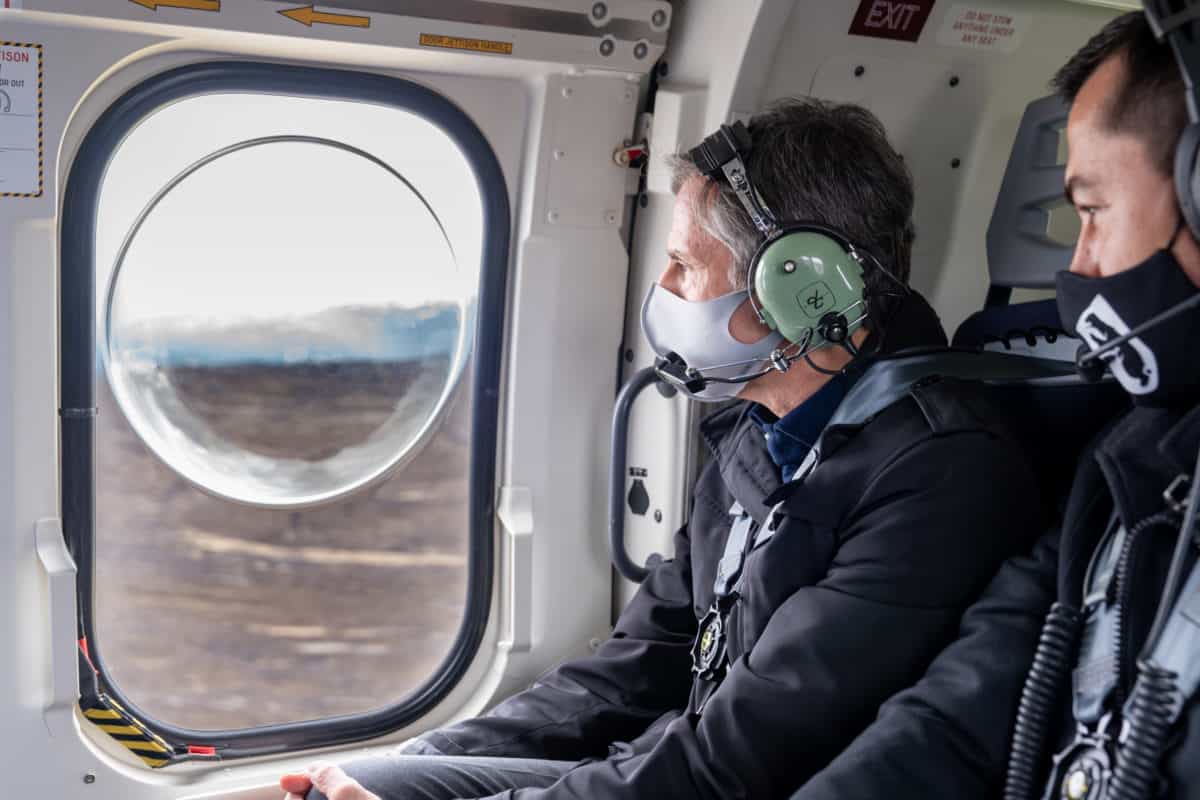
“I don’t think that the Arctic policy of the United States has changed that dramatically, frankly, between the Trump and Biden administrations,” says Ulmer. “It’s been mostly a shift in color and rhetoric.”
Indeed, after two decades as the world’s most peaceful and stable region, the Arctic is now experiencing an intensifying arms race, which experts expect to get worse following the Russian invasion of Ukraine.
“The Arctic and Alaska are no longer a sanctuary from which we can safely project power,” Sen. Dan Sullivan (R-AK), said in a committee hearing in 2019. “It is more of a battle space area.” At Sullivan’s urging, Congress has appropriated funding to build a deep-water port in Nome, Alaska, that will enable the Coast Guard to monitor Chinese and Russian traffic through the Bering Strait.
The United States is also racing to modernize its icebreaker fleet. Russia has over 40 icebreakers, of which six are nuclear-powered. China has two brand new icebreakers and is building a third. The United States has only two, and they are so old that they are barely functional. Last year, Congress finally approved funding to build three more.
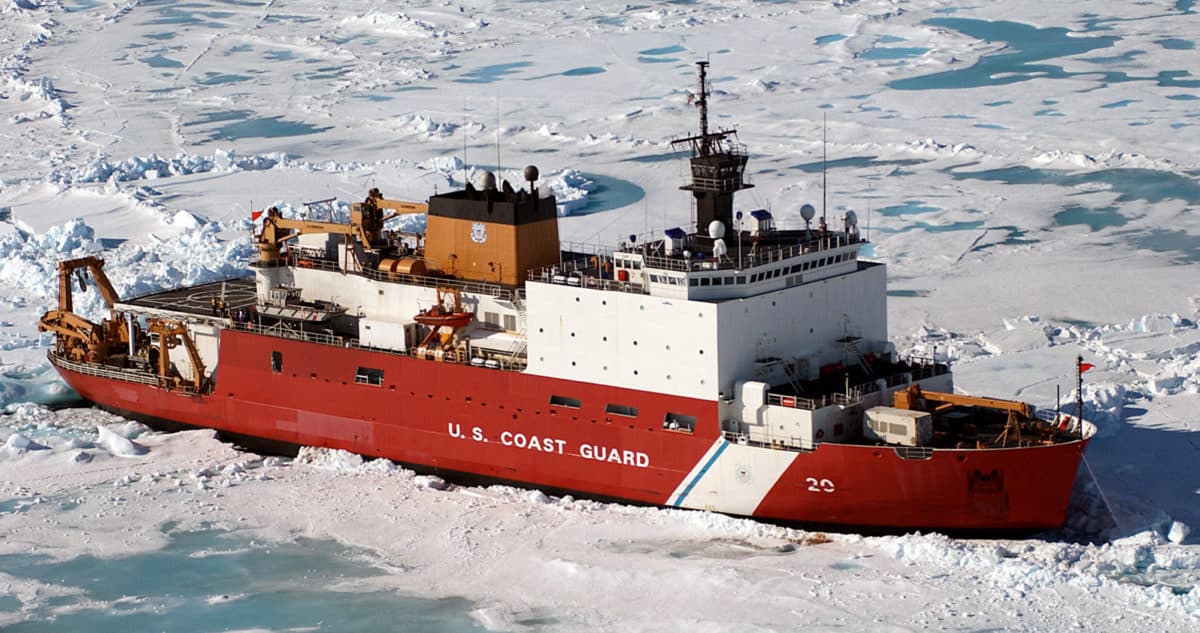


Meanwhile, as regional tensions rise, Greenland’s leaders are mulling their next move in this new game of climate geopolitics. They face tantalizing possibilities, but also difficult choices. In the Greenlandic parliament and around kitchen tables across the icy island, the debate is raging.
“We can never be part of a Chinese sphere, or a Russian sphere, because of ideology and our geographic position,” former Greenlandic Foreign Minister Vittus Qujaukitsoq told The Wire. “We must choose a side” — which, by default, is the United States and NATO.
If Greenland tries to break away, they will be allowed to be independent for five minutes, then the Americans will step in and they might soon become the 51st U.S. state.
Camilla T. N. Sørensen, associate professor at the Royal Danish Defence College
But it can be risky and unpleasant to be a U.S. ally in an era of geopolitical tension. Greenland learned this lesson in the 1960s, when the U.S. military botched a secret project to store mobile nuclear missiles under the Greenland Ice Sheet, leaving behind lasting environmental damage.
Greenland today “is at the center of great power struggles over the Arctic like it was during the Cold War,” says former Greenlandic Prime Minister Kuupik Kleist. This time, Kleist believes that Greenland should reject American offers to build more infrastructure in the country, lest it make Greenland a military target.

“The Americans are saying: ‘Oops, we scaled down our armaments too much in Greenland. May we rebuild some of it?’” Kleist added. “The reason for that is the so-called Chinese threat.”
An extreme version of this view is that Greenland will never be able to achieve true independence as long as superpower rivalry and climate change dominate the broader Arctic region.
Donald Trump’s statements showed “that if Greenland tries to break away, they will be allowed to be independent for five minutes, then the Americans will step in and they might soon become the 51st U.S. state,” says Camilla T. N. Sørensen, associate professor at the Royal Danish Defence College.
Other Greenlandic officials are more optimistic.
“The way climate change is portrayed in the media is through an image of a polar bear, thin as a skeleton, on a small piece of ice floating in a vast ocean,” one prominent official told The Wire, speaking on condition of anonymity because of the sensitivity of the subject. “But Greenlanders have a long history of adapting and surviving in hostile environments. We will learn to thrive in these new conditions.”
Aleqa Hammond agrees. Greenland, she told me, simply needs to accept that to achieve its aspirations on a warming planet, it will have to adapt — and accept the risk of playing at a high-stakes table.
“Thank God for climate change,” she added, and smiled.

Eyck Freymann is a contributing writer and a columnist for The Wire. A joint postdoctoral research fellow at the Harvard Belfer Center Arctic Initiative and the Columbia–Harvard China & The World Program, he is the author of One Belt One Road: Chinese Power Meets the World (November 2020). @eyckfreymann

